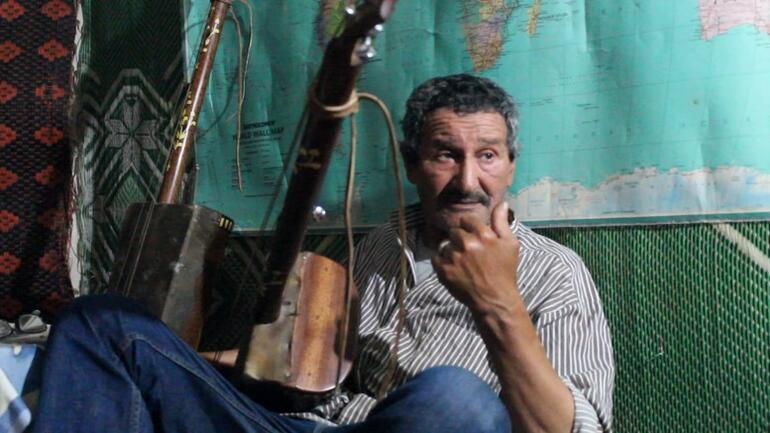
Maalam Sedik
Maalam Sedik is a Gnawa music master and musical instrument craftsman. He learned the basics of carpentry around the clocktower in Essaouira (L’Horloge). He went on to work at many workshops, including some owned by Jews, and gained interest in music at a jewelry workshop belonging to the Ha-Kohen family.
“[Athia Cohen’s] door was open to me and all other people unlike today we are adding doors and chains to doors. We miss the peace of those days where we didn’t have to close the door.”
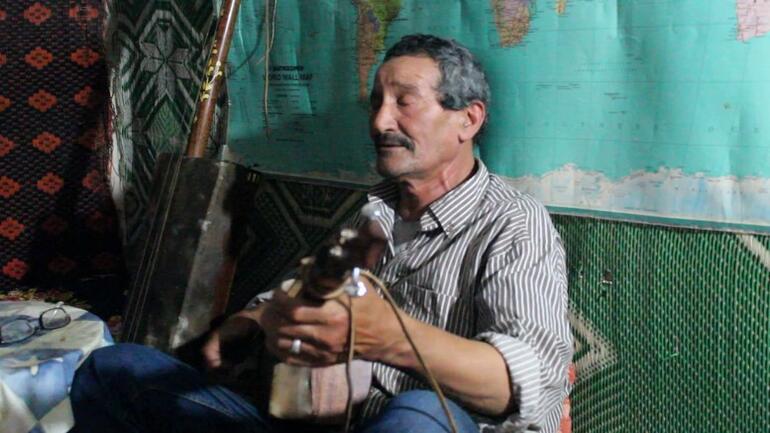
Sedik reminisced about these times in a song about buying a double Mahia, a liquor the Moroccan Jews are known for, from Moshe. Before leaving, he took a celebrative shot with Moshe. “They were our neighbors, trustworthy people and they served their country with heart,” he said. “The day they were leaving we all cried, Muslims and Jews.”
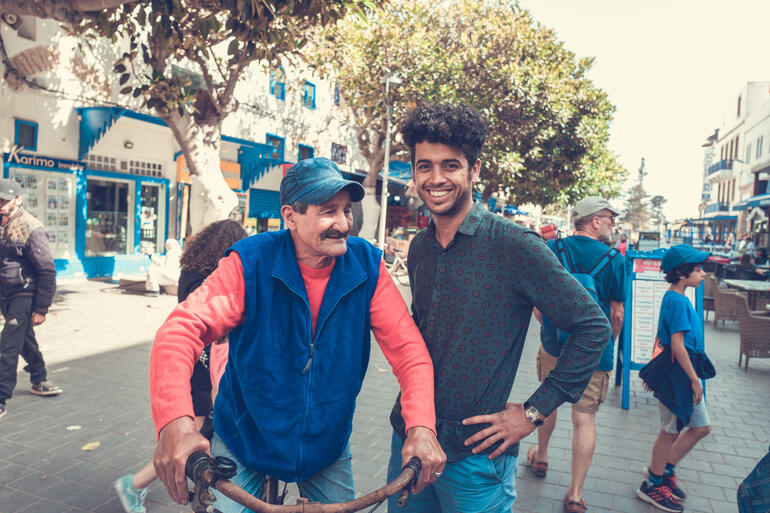
The Mogador Jews left the keys to their homes in Essaouira to their Muslim neighbors in the hope that one day they would return.
“They left their property including synagogues, Talmud Torah schools and still they come till today and take care of their common buildings as well as ask about their old friendships and memories,” said Sedik. “The sea, rain, and sun are making the deterioration process faster, and it breaks my heart seeing all of this irreplaceable heritage being washed away.”
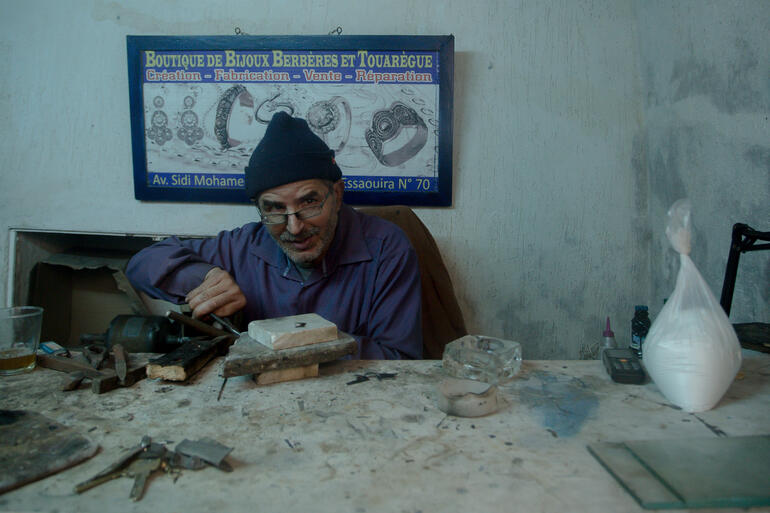
Said Attar
The topic of Jewish craftsmanship comes up repeatedly when talking to people in Essaouira about the past. Today, while that history is hardly visible in its tangible form, it lives on in the memory of many older residents.
We spoke with a local jeweler, Said, when passing by his workshop. “The silver work is being revolutionized by using machinery but the old work still remains, and it needs to be saved,” he said. “I have been doing this since 1975.”
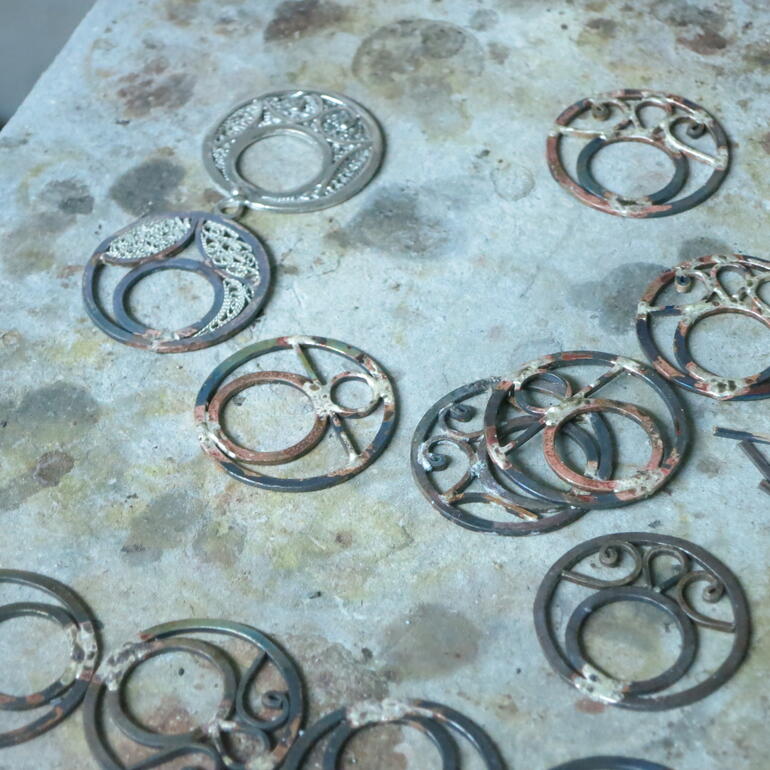
The unique craft of delicate filigree work is how Said preserves Jewish heritage.
“They were jewelry sellers and kept the filigree, which is a typical Jewish craft, while other techniques such as montage weren’t much practiced by the Jews,” he said.
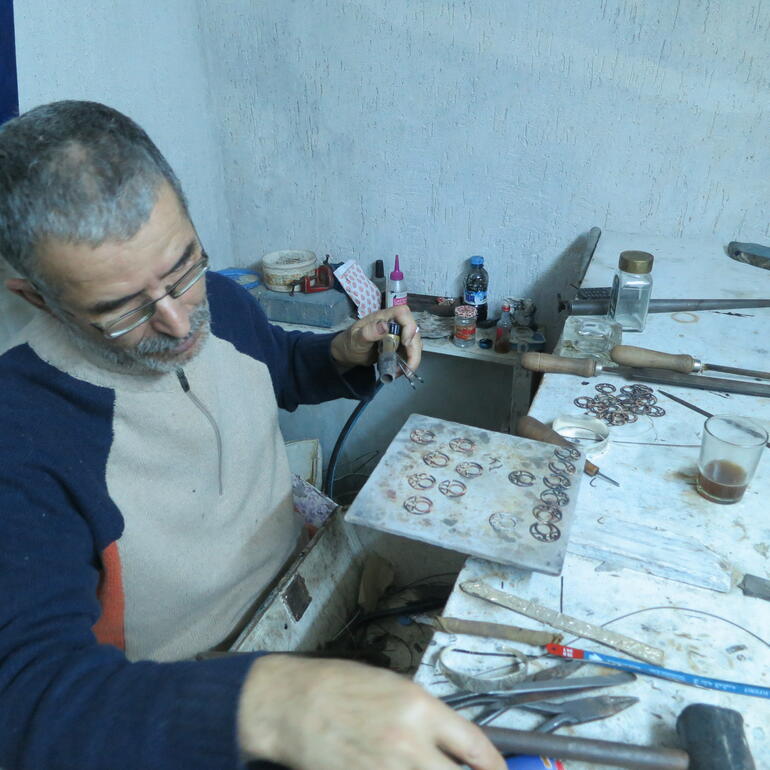
Just outside Bab Sbaa is a place today called Complex Commercial Bin Al Awar, home to a jewelry shop and a communal workshop. At its door are lists of Muslim and Jewish jewelers who once shared the workshop spaces and sold their work in the silver souk nearby. “Most of the time Muslim and Jewish craftsmen would work in the same spaces,” said Said.
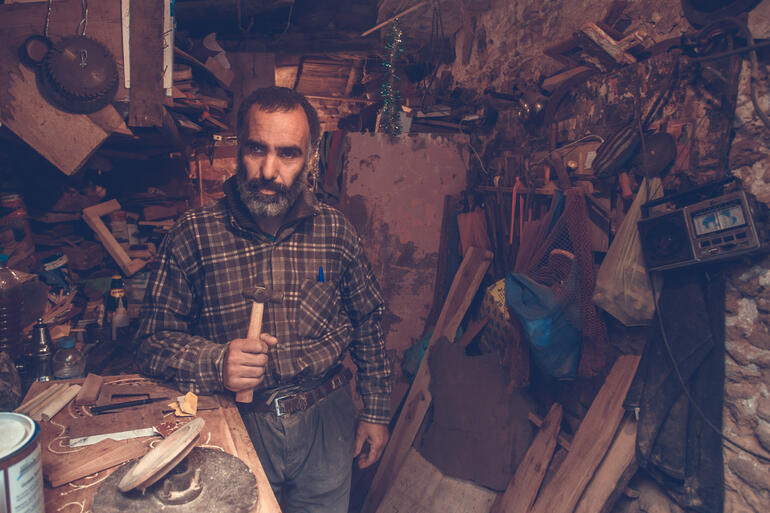
Abdelmajid Bahraoui
Abdelmajid Bahraoui grew up in the Mellah and still runs his carpentry workshop there. Though its doors are sealed off today due to structural instability, the building in front of his workshop was once a Talmud Torah. “My father was among the first carpenters and boat builders here in the port," said Abdelmajid, “and since he formed relations with the Jewish captains, we moved to the Mellah.”
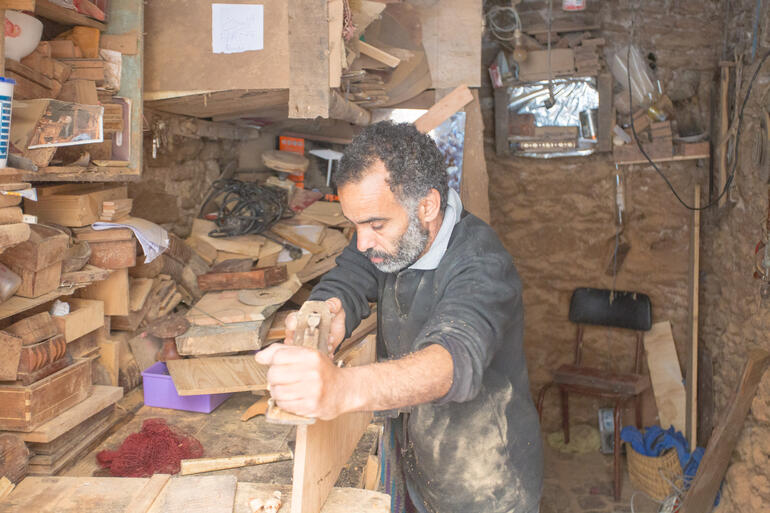
Like many other people we spoke with, Abdelmajid remembered that there was no rule separating the Mellah’s Jewish and Muslim inhabitants based on religion. “These fights and extremist ideas are very new to us. They are political issues that found their way to us and because of that, Essaouira lost its Jewish population,” he said. “In full honesty, Essaouira was always immune to that.”
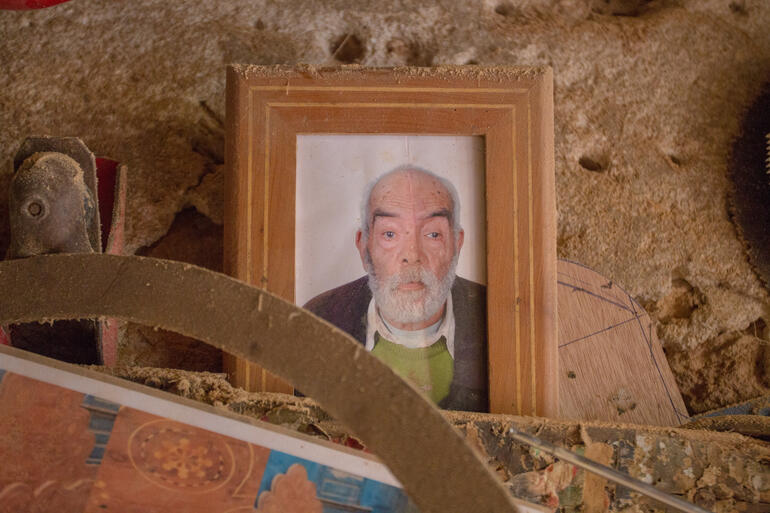
Abdelmajid said relatives of the Tzaddik teaching the Talmud accross the streetstill comes to visit the Mellah regularly. “They still come visit almost every year and I do recognize them...these people that have lived or heard of the coexistence here and come back for that purpose are the evidence of it,” he said. “We are craving the peace of those times. The Mogadorian Jews were people of their word and peaceful neighbors.”
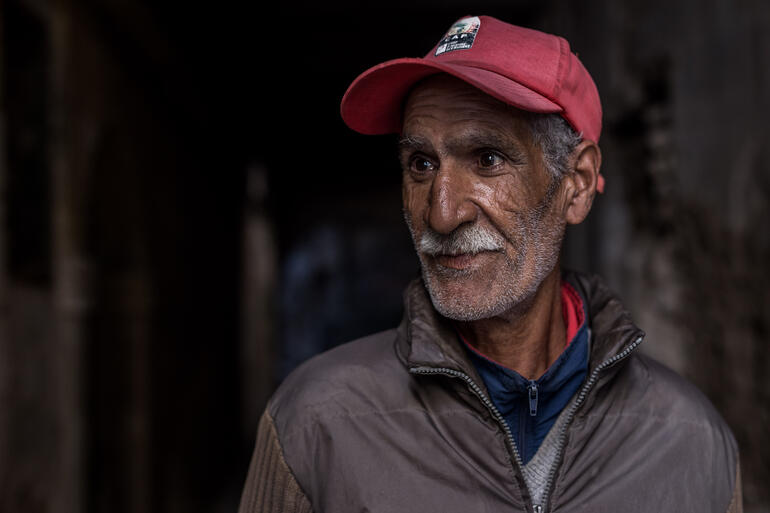
Lhassan
Lhassan is a newer resident of the Mellah without historic connections to the Jewish community. Despite this fact, he doesn't want to see his house torn down. “They are continuing to demolish the ruins that are judged as dangerous,” Lhassan told us. “The section here is all cleared and I am afraid my house will be next.”
“They informed me about it three years ago and I am still living with this fear of being kicked out...I am not even allowed to do any restoration work.”
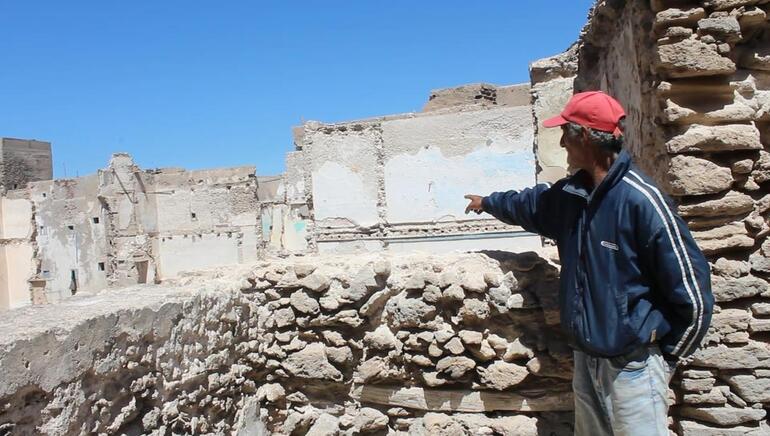
Hear more stories from the Jewish Quarter of Essaouira, Morocco, by exploring What It Was, Who Left, and A Walk Through the Mellah.
Special thanks to the David Berg Foundation and the Jewish Heritage Endowment, whose generous support made documentation of this special site possible.
Hundreds of Jewish cultural sites around the world are in danger of disappearing forever, but you can make a difference for these irreplaceable sites with your gift. Learn more and join our efforts today!
